Your Virtual Nature Walk: Berlin Pond
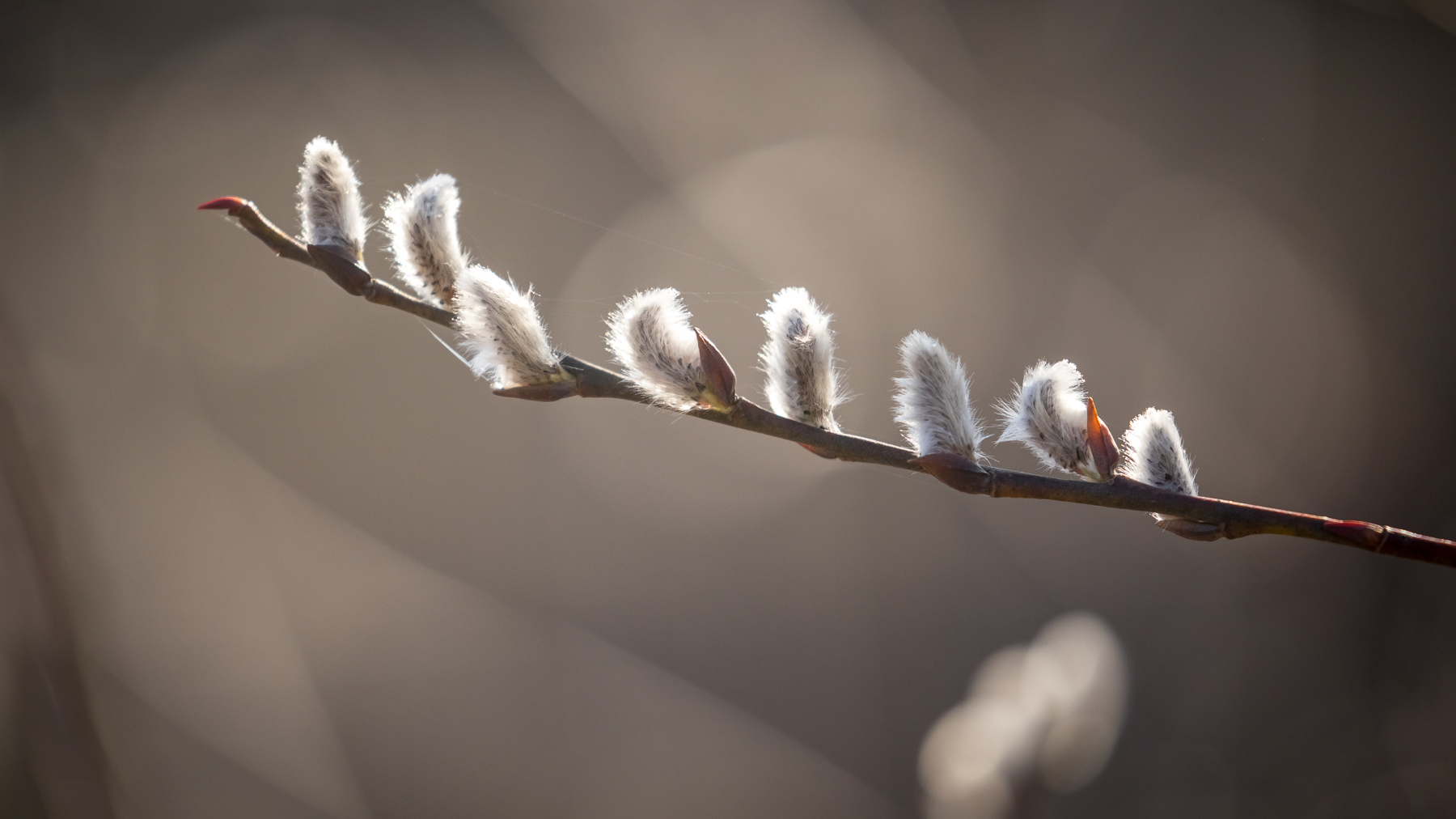
Welcome to our first in a series of "Virtual Nature Walks!" Our NBNC naturalists will bring you to popular Central Vermont locations to explore the natural world as we transition into spring. Given the current events, we'll be choosing locations that are easy to access, have wide trails or dirt roads, and are popular (but not too popular) places for our community members to get some fresh air and exercise. We hope you'll get out and see if you can find these features and creatures yourselves!
Berlin Pond
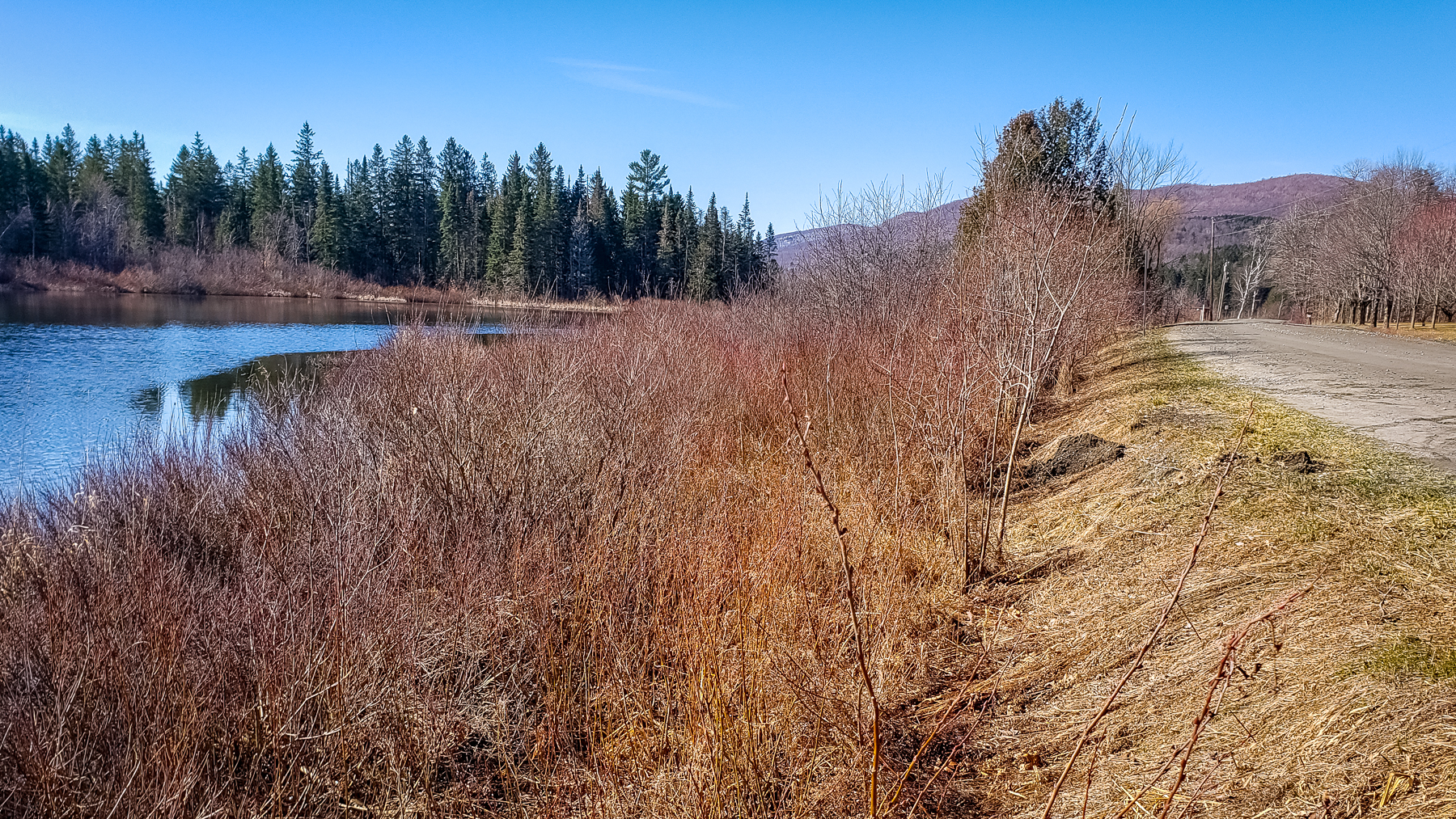
Photography and writing by Sean Beckett
Located just off Crosstown Road, this destination features a five-mile, dirt road loop around Berlin Pond. Most visitors just walk the first mile of the loop, which runs through wetlands and woods up to the intersection with Black Road at the top of the hill. That's what we're focusing on today, and here's what you might find when you visit this time of year:
The Infant (Archiearis infans)
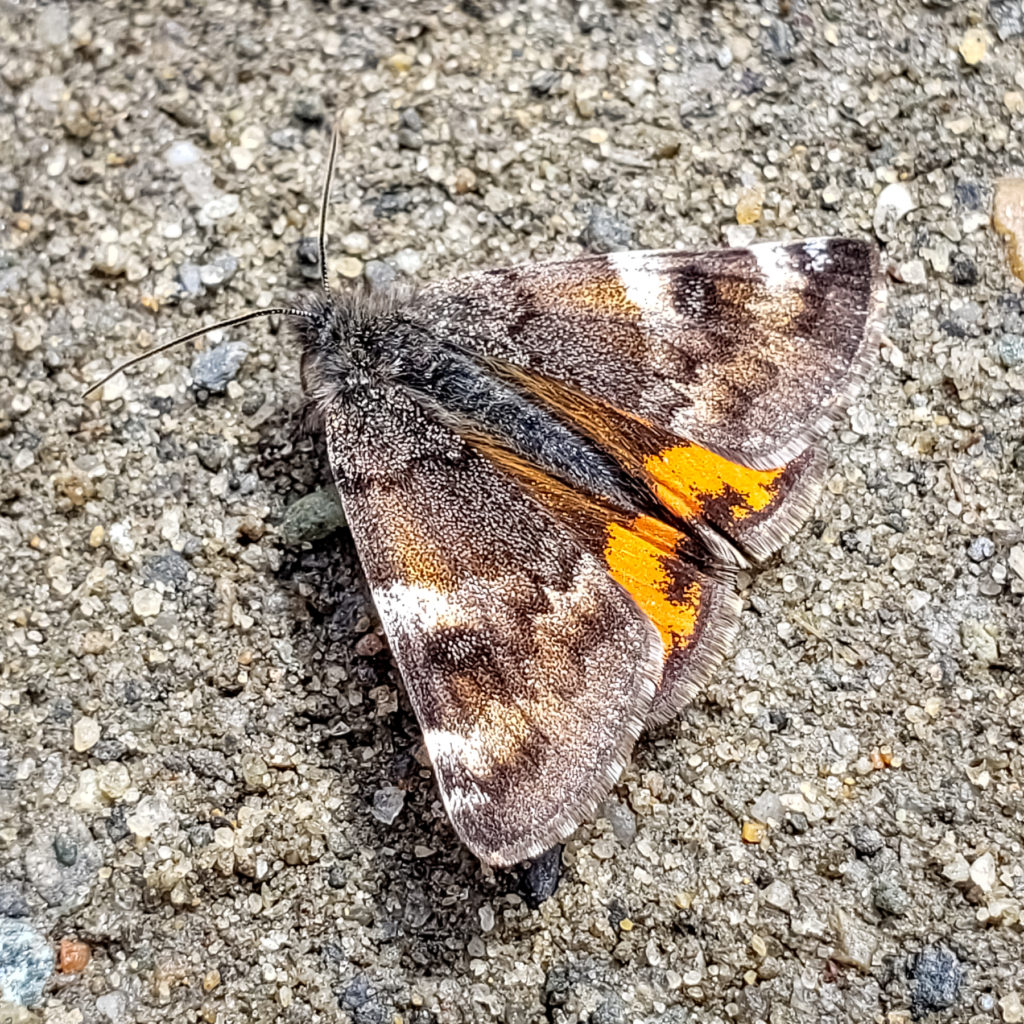
Fluorescent orange flutters in our forests a full month before Baltimore Orioles make their gaudy entrance in May. The Infant is among our earliest moths, and flies in the mid-day sun around Berlin Pond only in March and April. Its scientific name, Archiearis infans, translates (very) roughly into either “the earliest leader of the air,” or “the best, leading infant.” Infant refers to the moth’s early-season emergence from its pupa. The caterpillar feeds on leaves and catkins of alder and willow, which are found in spades around Berlin Pond. A chief predator, the Song Sparrow, is another early-season inhabitant of the willow and alder wetlands, and has been observed feeding on Infants by waiting for them to settle for a sip of water next to a puddle.
Speckled Alder (Alnus incana)
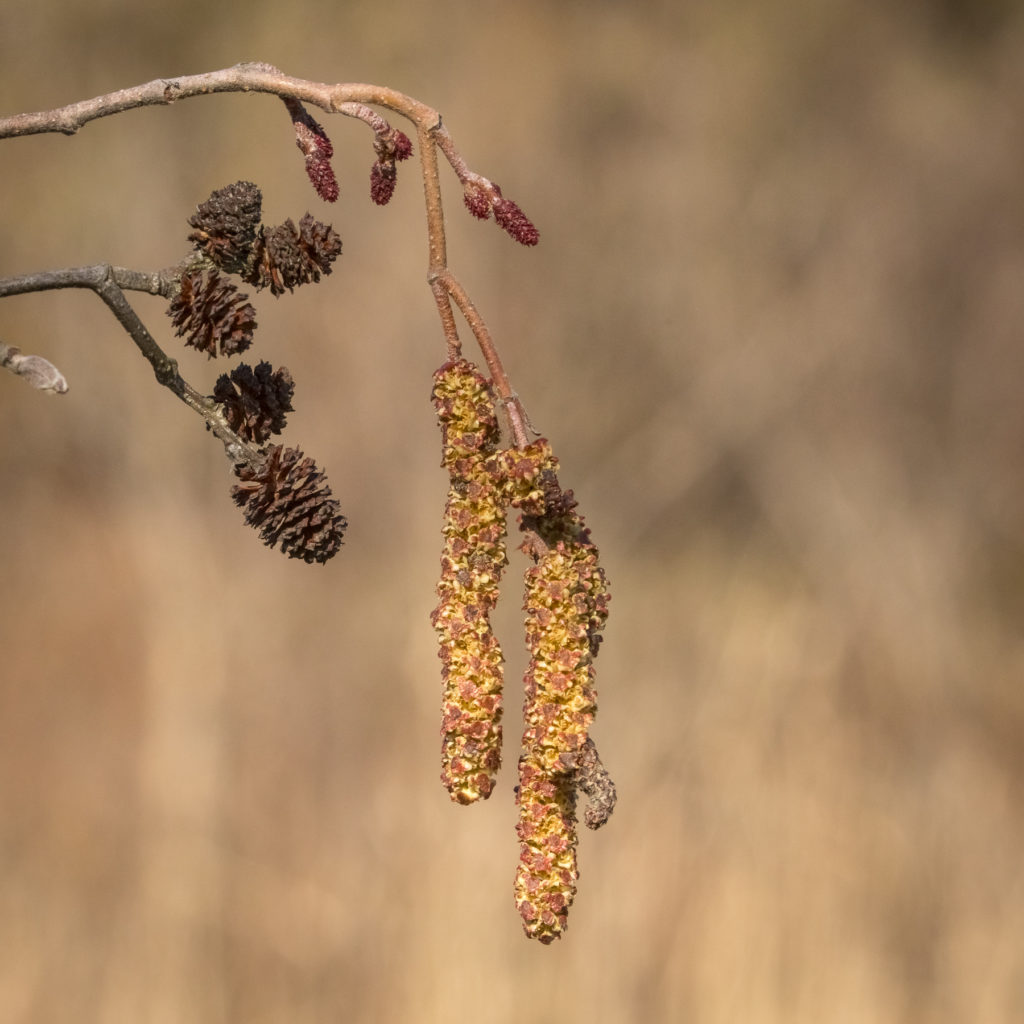
Look closely at the bushes along the road to find a shrub that is sporting three very different-looking structures.
Exhibit A: long, drooping golden-rose flower clusters.
These are the male flower clusters, or catkins. A close look reveals hundreds of tiny, pollen-covered flowers. Like any flower, the goal here is for the pollen of these male flowers to land on the female flowers of another alder bush.
Exhibit B: tiny, burgundy growths at the end of some of the branches.
Those small, red structures are the female flowers. Like the male catkins, each one of those burgundy growths contains hundreds of minuscule flowers. Once pollinated, those female flowers will swell and develop into...
Exhibit C: small "pinecones" decorating the branches.
These “cones” are the fully-developed chambers that hold the alder's seeds. They've already dropped their seeds last year, but remain on the branches over the winter. Botanically, they're not actually cones at all.
Alders exist around the world, and have gained notoriety for diverse reasons. Being a tree that grows in water, they are remarkably rot-resistant, and are a major constituent of the underwater underpinnings of Venice. The tannic acids and other compounds in the “cones” are used as an anti-microbial in aquariums. And their roots contain nitrogen-fixing bacteria that covert air into nitrogenous soil fertilizer, making them an excellent pioneer of impoverished ground, and a popular tool for improving agricultural soils. More about alder
"Pussy Willows"
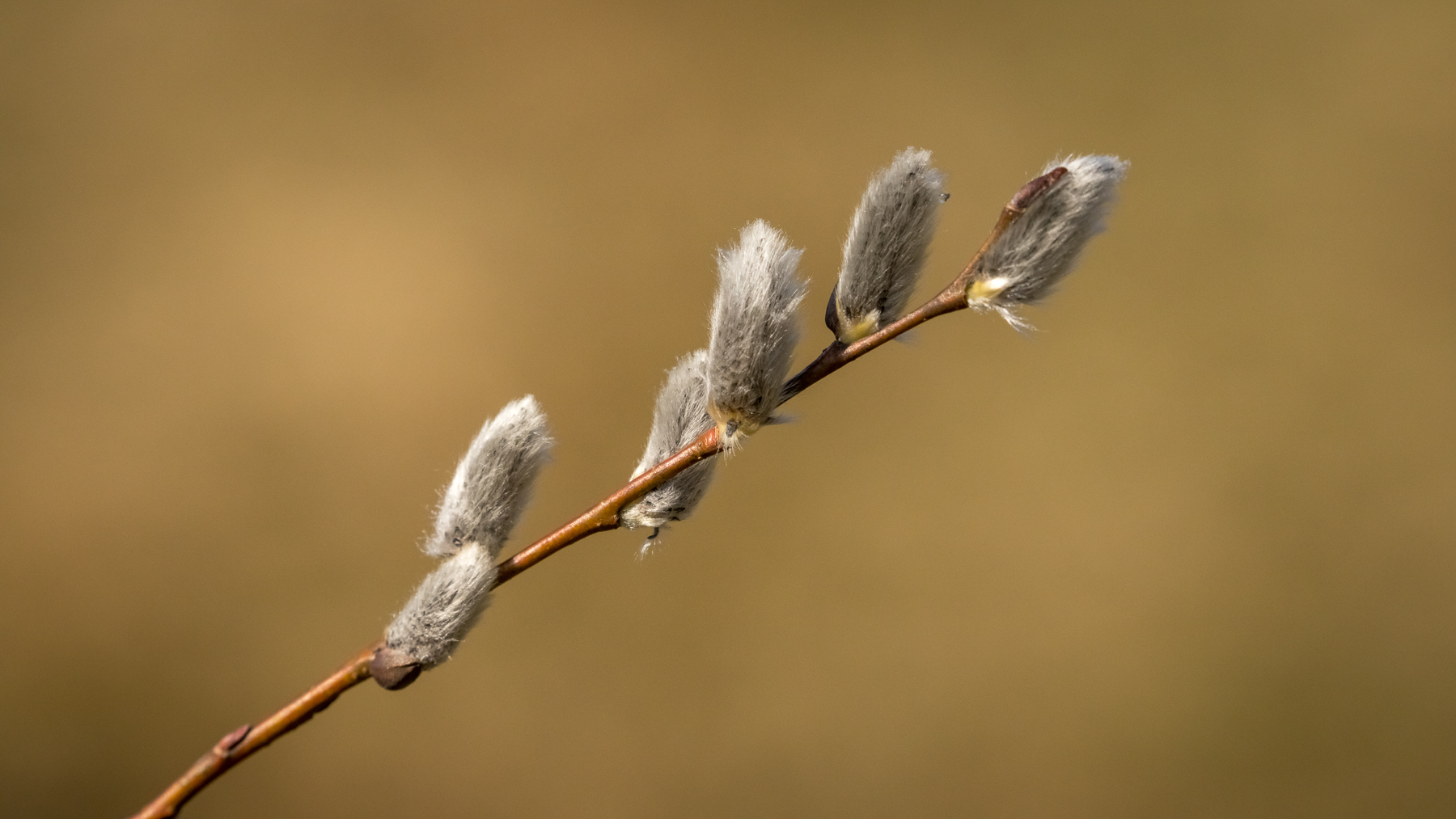
Mixed into the alders are a handful of willow species in the Salix genus. Most are now sporting little white tufts along the branches, causing these plants to be collectively called “pussy willows” this time of the year (due to their resemblance with cats paws). Look closely at the fuzzy tufts, and you’ll notice that these are are also catkins, just like the alders.
But why the fuzz? Willows flower so early in the season, they risk death from a rogue frost. The fuzz buffers the flowers against convective heat loss from the wind, and helps them retain a thin film of radiant warmth, provided by the sun. The fur fringe of our arctic parkas serve a similar function. For more, check out the Vermont Land Trust's recent article by Liz Thompson.
Willow Cone Galls
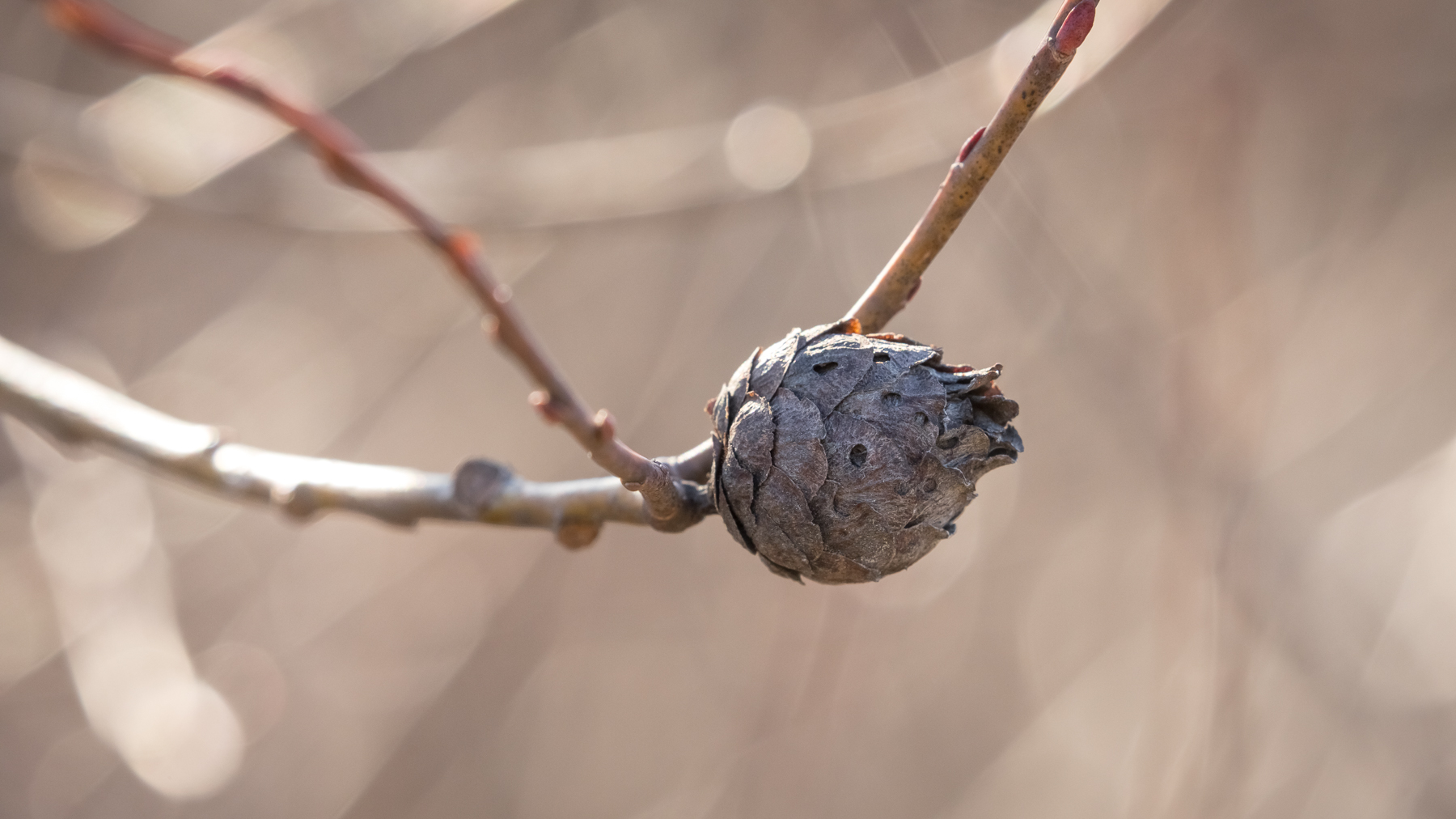
Since we’re on the topic of willows, see if you can find projections on their branches that look like a cross between a rose and a pinecone. These are Willow Pinecone Galls, and are neither flowers nor cones. Instead, they are the result of an infection by a tiny midge (a.k.a. the no-see-um, Rhabdophaga strobiloides). The adult midge lays its egg in the willow branch, and as the egg hatches and the larva develops, chemicals produced by the midge trick the willow into producing this structure around it. These growths, called “galls,” are safe homes and buffets for developing larvae, which eventually exit into the greater world as adults through tiny bore-holes. Galls exist on most plants, but look very different from one another. Each gall is the “signature” of a unique parasite species' effect on its host.
Hooded Mergansers and Other Waterfowl
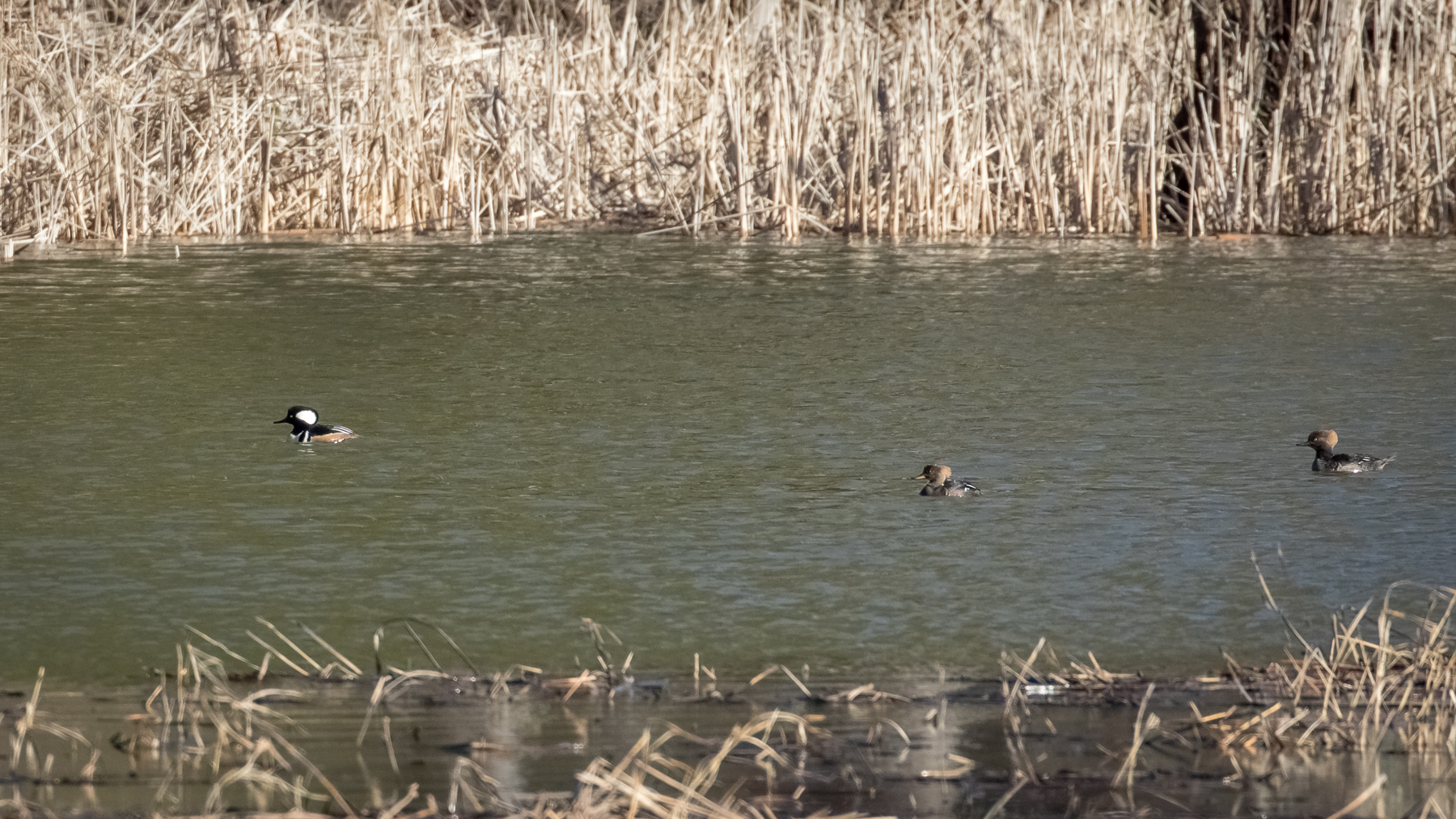
Berlin Pond is currently harboring a dozen different waterfowl species. Some will nest here, and others are migrating through in the coming month. Canada Geese and Mallards are the easiest to pick out, but see if you can glimpse some of the lesser-known species through the alder thickets and cattails. The species featured in this photo is the Hooded Merganser, perhaps one of Vermont’s most decorated and charismatic birds. The male sports a white crest that he raises and lowers like a sail to attract females, while bobbing his head like he's at the sophomore dance. The female has a more subdued plumage, but sports a classy, grey-frosted crown that seems to glow even in the shade.
Along with the Common Goldeneye and Wood Duck, Hooded Mergansers are one of a handful of ducks that nest in tree cavities!
Evergreen Wood Fern
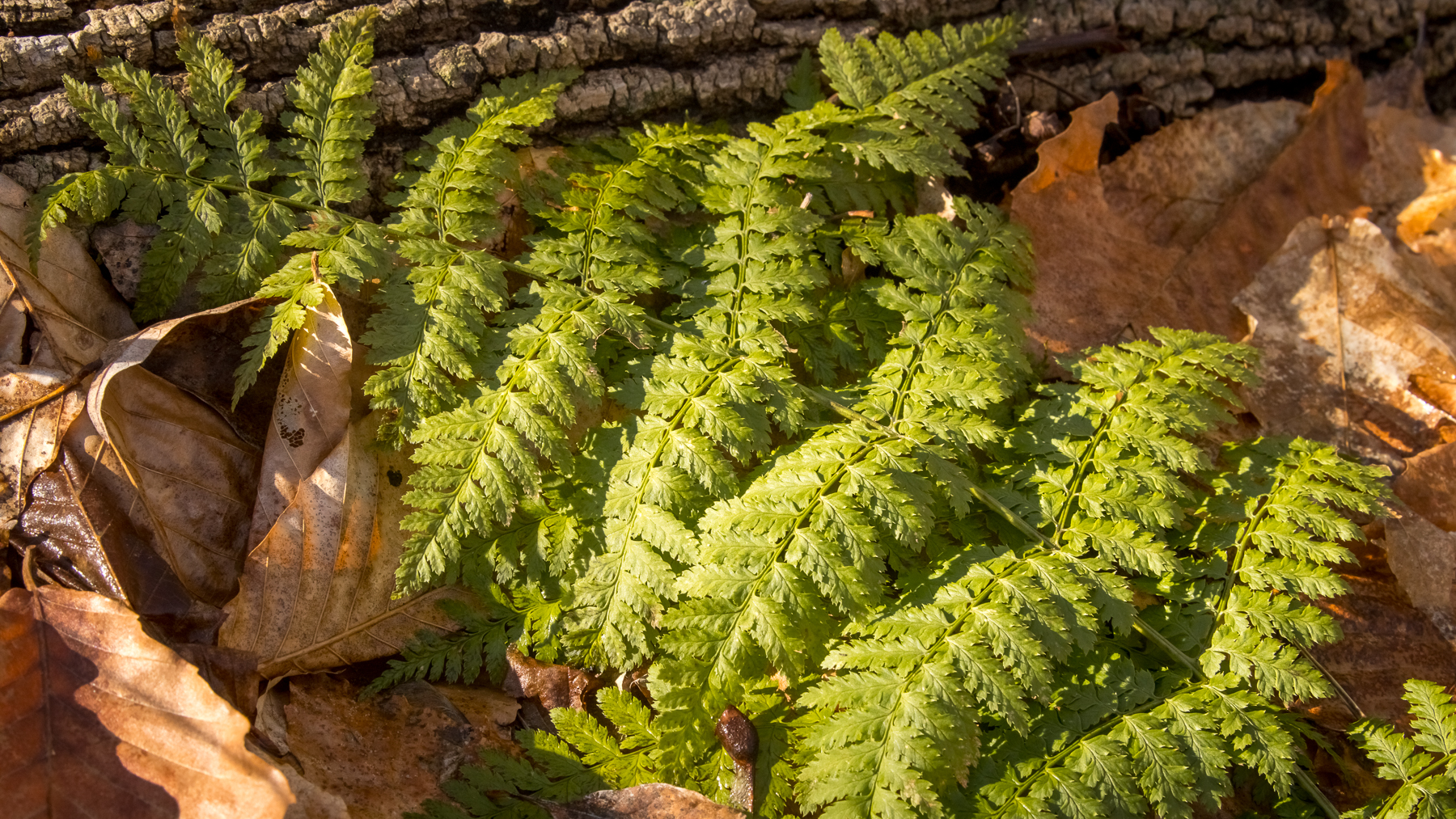
If you’re like us, April green soothes the soul. Now that the snow has melted, look for this common fern (Dryopteris intermedia) in the forest floor. It hasn’t suddenly sprouted– it’s been here, being green beneath the snowpack.
Delicate leaves, like those of this fern, are susceptible to freezing. Ice crystallization tends to puncture cell membranes, and that's why spinach turns to mush in the freezer. Evergreen Wood Ferns are protected from the coldest of winter temperatures by our deep snow, which insulates all things beneath at a (relatively) comfortable refrigerator temperature. As winter approaches, these ferns purge their cells of excess water content to discourage ice formation, and instead encourage ice formation outside the “castle walls," where ice crystals do less damage.
Late-Season Fruits
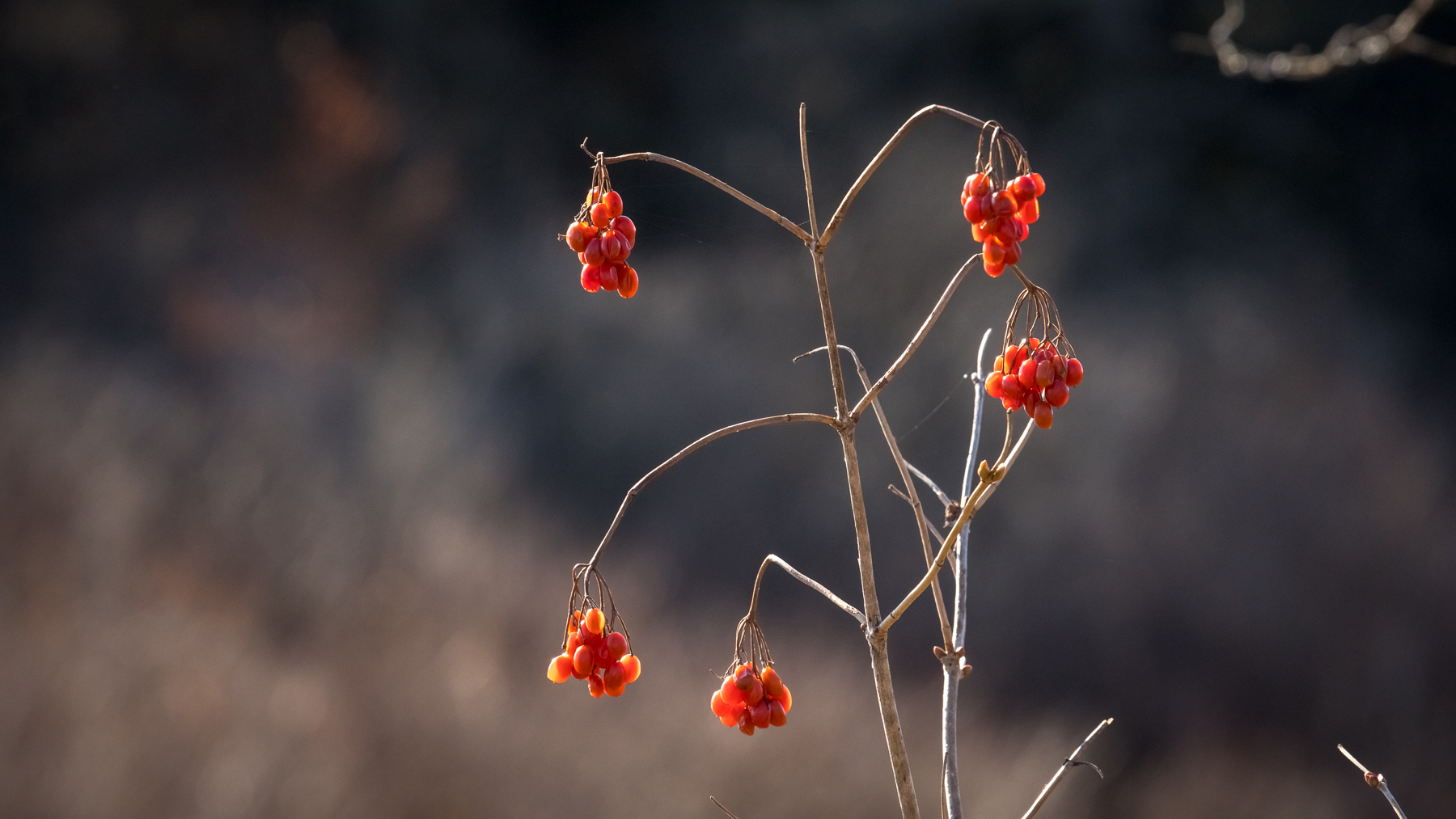
If you find berries right now, they surely grew last year and overwintered on the vine. Given how many birds and mammals like to devour berries, the fact they still exist in April is revealing.
All berries contain seeds, and berries are an evolutionary trick to entice animals to eat the seeds and “deposit” them elsewhere. A wild raspberry, or strawberry hardly lasts a week in the summer. They are so high in sugar, everything from waxwings to black bears are laser-focused on gobbling them up. But that high sugar content makes any sweet berry escaping consumption ferment and rot quickly.
Instead of producing a rich, sweet berry, some plants instead opt for sour or bitter fruits. These berries are far less energetically expensive for the plant to manufacture, and the acids and tannins they contain preserve the fruit from spoiling for months.
By March and April, these berries look far more enticing to a bird than they did in September when a robin could choose a raspberry instead. The plants have evolved fruits designed to be very desirable because they're the only ones left!
Pictured here is Highbush Cranberry (not actually a cranberry). It is edible, but be ready to add a lot of sugar to make them tasty.
If you visit Berlin Pond this season, please be safe, stay 6 feet apart from your fellow nature lovers, and let us know on our facebook page what you've found!

